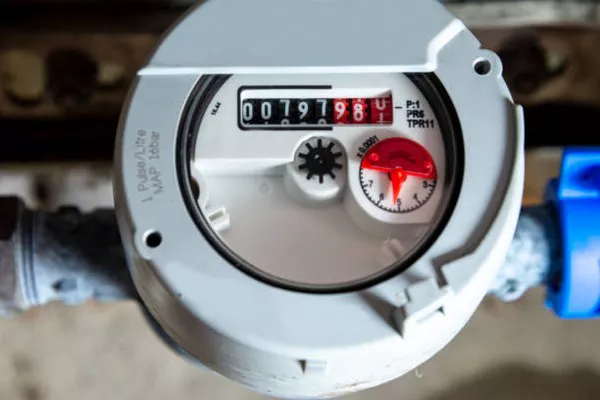In the realm of meteorology, instruments play a crucial role in unraveling the mysteries of atmospheric phenomena. One such device, the water barometer, stands out for its simplicity and effectiveness in measuring atmospheric pressure. This article explores the inner workings of a water barometer, shedding light on the principles that govern its functionality.
Historical Context:
The concept of using liquids to measure atmospheric pressure dates back to the 17th century when Evangelista Torricelli, an Italian physicist, invented the mercury barometer. The mercury barometer relies on the height of a mercury column in a sealed tube to determine atmospheric pressure. The water barometer, a variation of Torricelli’s invention, employs water as the liquid medium instead of mercury.
Basic Principles:
At its core, a water barometer functions based on the principle of hydrostatic equilibrium. This principle states that the pressure at any given point in a fluid at rest is equal in all directions. The water barometer consists of a vertical tube filled with water, open at the top and submerged in a basin of water at the bottom. As atmospheric pressure changes, it affects the height of the water column in the tube.
Construction of a Water Barometer:
A. Tube Design:
The key element of a water barometer is the vertical tube, usually made of glass or another transparent material. The tube is sealed at one end and open at the other. The sealed end is immersed in a water basin, while the open end is exposed to the atmosphere. The tube’s design allows for the precise measurement of water column height.
B. Water Basin:
The water basin serves as a reservoir for the water column in the tube. It ensures a continuous supply of water, maintaining the hydrostatic equilibrium necessary for accurate pressure measurements. The basin is also designed to prevent evaporation, ensuring the water remains in a liquid state.
Atmospheric Pressure and Water Column Height:
A. Inverse Relationship:
The relationship between atmospheric pressure and the height of the water column is inverse. As atmospheric pressure increases, the height of the water column decreases, and vice versa. This phenomenon can be attributed to the balancing act between the external atmospheric pressure pushing down on the water and the counteracting force of the water column in the tube.
B. Mathematical Expression:
Mathematically, the relationship can be expressed using the equation P = ρgh, where P is atmospheric pressure, ρ is the density of water, g is the acceleration due to gravity, and h is the height of the water column. This equation highlights the direct proportionality between atmospheric pressure and the height of the water column.
Calibration and Accuracy:
A. Standard Conditions:
To ensure accurate measurements, water barometers are often calibrated under standard atmospheric conditions. Standard atmospheric pressure at sea level is defined as 101325 Pascals, and under these conditions, the height of the water column is typically around 10.3 meters.
B. Adjustments:
In practice, variations in temperature and altitude can impact the accuracy of a water barometer. Therefore, adjustments may be necessary to account for these factors. Calibration charts or correction factors can be employed to refine the measurements and enhance the instrument’s precision.
Applications and Advantages:
A. Weather Prediction:
Water barometers are widely used in meteorology for weather prediction. Changes in atmospheric pressure often precede weather changes, making the water barometer a valuable tool for forecasting. A rapid decrease in atmospheric pressure may indicate an approaching storm, while a steady rise could signify fair weather.
B. Educational Tool:
Due to its simplicity and clear visualization of atmospheric pressure changes, the water barometer serves as an excellent educational tool. It allows students to grasp fundamental concepts in physics and meteorology, fostering a deeper understanding of the interconnectedness of atmospheric elements.
Limitations and Considerations:
A. Sensitivity to Temperature:
Water barometers are sensitive to temperature fluctuations, as they can affect the density of the water and, consequently, the accuracy of pressure measurements. Adequate temperature control measures or compensation methods must be employed to mitigate this limitation.
B. Size and Portability:
The size of a water barometer can be a limiting factor, especially in comparison to modern electronic barometers. While they provide accurate measurements, water barometers are less portable and may not be suitable for certain applications where space and mobility are critical.
See Also How Does A Liquid Barometer Work? A Comprehensive Guide
Conclusion:
In conclusion, the water barometer stands as a testament to the enduring principles of fluid mechanics and hydrostatic equilibrium. Its straightforward design and reliance on water make it an accessible and informative tool for both meteorological professionals and students alike. While modern electronic barometers have become prevalent, the water barometer’s historical significance and educational value persist, reminding us of the foundational principles that underpin our understanding of atmospheric pressure.

